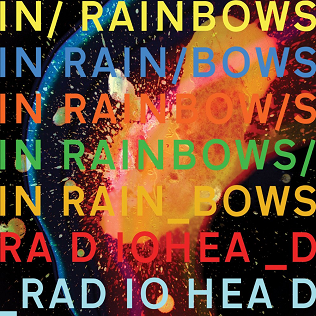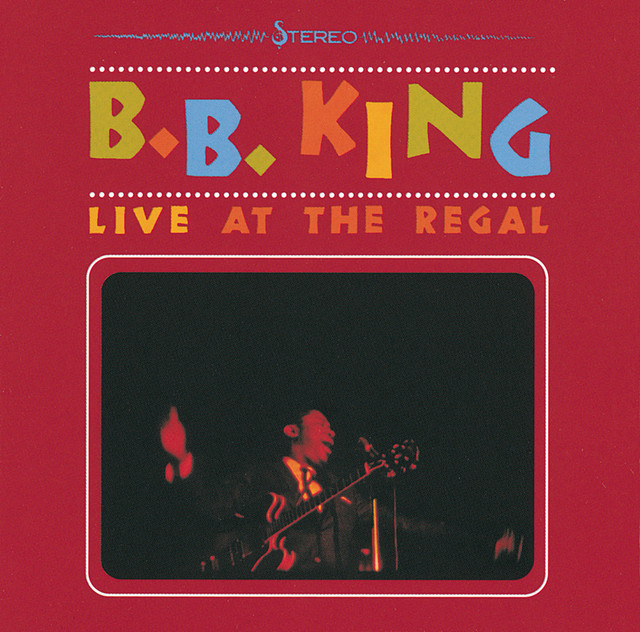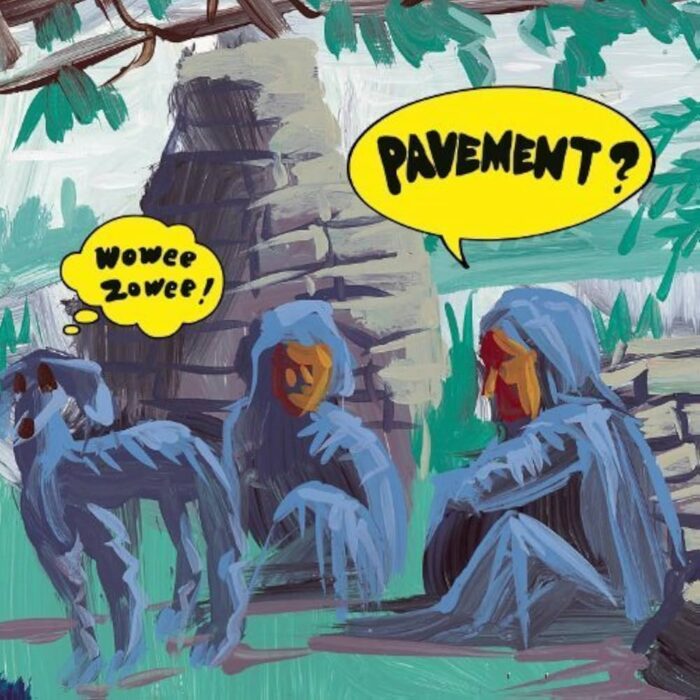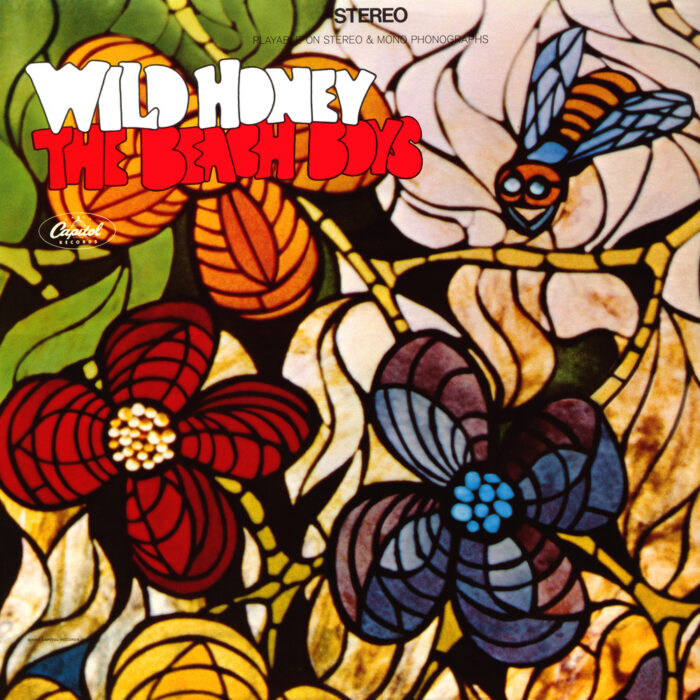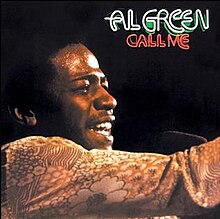

Released at a time when David Bowie was in the midst of a dramatic reinvention, Station to Station is an album that captures the complex, fragmented nature of the artist’s personal and professional life. Fusing elements of funk, soul, art rock, and electronic music, Station to Station marks both a culmination of Bowie’s “Thin White Duke” persona and a departure toward new, experimental soundscapes. It’s an album that embodies the turbulence of the mid-’70s, with Bowie both confronting his own demons and reinventing himself artistically.
The album opens with the sweeping, mystical “Station to Station,” a seven-minute track that sets the tone for what is an entirely unique listening experience. Its complex, multi-layered structure blends electronic noise, funk grooves, and ambient atmospherics, all underpinned by a sense of spiritual searching. Bowie’s vocal delivery is at once detached and haunting, almost as if he’s in a trance, narrating a story of personal transformation. The track introduces the listener to Bowie’s new creative direction: a fusion of sound that feels both modern and otherworldly.
Following this, “Golden Years” offers a more accessible sound, with a funky groove and a catchy melody that showcases Bowie’s ability to blend pop sensibilities with experimental music. The track was a commercial hit and remains one of his most beloved songs from the era. Its upbeat, danceable rhythm hides a darker undertone of self-reflection, a recurring theme throughout Station to Station.
On “Word on a Wing,” Bowie delivers one of the album’s most raw and emotional moments. The song features soaring, gospel-inspired vocals, with an ethereal, mournful quality that reflects his struggle with both faith and personal turmoil. This track is often seen as a plea for redemption, capturing the artist’s vulnerability at a time when he was battling drug addiction and personal crises. The grandiosity of the arrangement, with its lush strings and dramatic build, makes it one of the most poignant moments on the album.
“Wild Is the Wind” is another standout, a cover of the 1957 song originally performed by Johnny Mathis. Bowie’s interpretation of the song is haunting, with a deeply atmospheric arrangement that further explores his fascination with soul and jazz music. His performance is emotionally charged, and the track becomes a perfect example of his ability to take a song and reshape it with his own unique voice.
Station to Station is also notable for its production, with Tony Visconti playing a significant role in shaping its sound. The album’s mix of synthetic sounds, jazz-influenced rhythms, and rock guitar creates a dense, layered atmosphere that feels both futuristic and reflective. The album’s approach to sound was innovative, influencing the electronic and new wave music that would follow in the years after its release.
While Station to Station is often seen as a transitional album for Bowie, it is one that defined a key moment in his career. It represents his creative peak during the mid-’70s, before he would take yet another turn with the Berlin Trilogy. It is a deeply personal record, as Bowie grapples with issues of identity, spirituality, and addiction. The album’s cryptic lyrics, complex musical arrangements, and thematic richness make it one of his most enigmatic and fascinating works. Station to Station is an album that captures Bowie at a crossroads, ready to evolve once again into something entirely new.


















